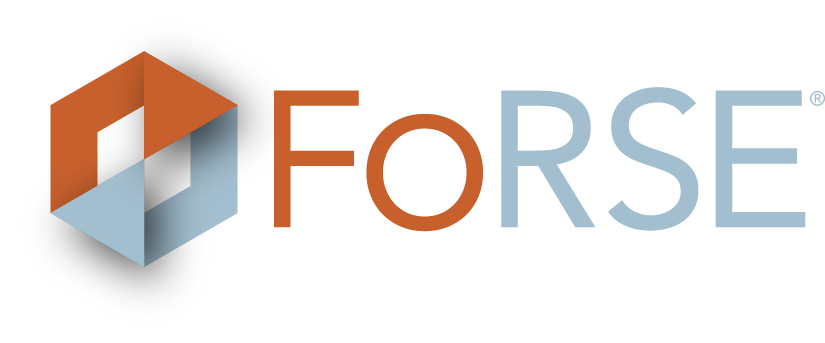These days there’s not just an app for everything; there are many apps for everything – and we’re fortunate for that. No matter what business challenge we’re trying to solve, there’s a tool. But with all these options, it’s easy to end up with a lot of unique tools handling each challenge or task.
Then you have data that lives in each of those tools, and the question becomes, how do you connect that data to uncover insights for your business? Ultimately, information is connected in one of two ways – through software integration or through implementing one comprehensive platform for SUD treatment providers. Now let’s take a look at software integration versus a comprehensive software platform for treatment providers.
What is Software Integration?
Software integration is the process of connecting data across two or more disparate systems. This is typically in an effort to solve for isolated or missing data or to ensure that different teams have visibility into other portions of the data lifecycle. For example, a treatment facility may want to connect CRM data to EMR data in order to get a complete picture of the patient lifecycle.
In the following graphic, you’ll see the evolution of documentation. Most organizations started with paper-based medical records. The first transition for many organizations was to disparate systems, where they may have implemented separate solutions for their EMR and CRM. From there, organizations worked to integrate those systems and bridge the data gaps they had. These days, many organizations have realized the benefits of and transitioned to a unified platform.
What is the Difference Between Integrating Your Multiple Software Solutions and Having one Comprehensive Software Platform for SUD Treatment Providers?
There are two different environments that can be implemented for your treatment business and offer connected data. First, you can use unique systems for your EMR and your RCM then integrate those two systems. When you choose to use two systems and integrate them, your team will need to maintain two pieces of software and typically work with two or more different vendors to do so. Sometimes integrations will pass information one-way, and other times, they are built to be bi-directional – in any case, if one system along the chain changes, you’ll need to update your connections.
When building or modifying integrations, businesses will often need an in-house engineering team or a specialized vendor to complete the project. It is critical that the team implementing any integration understands company operations and needs deeply. Completing a thorough discovery is key to ensuring you get the right data points and communication between systems.
The other option is to implement one comprehensive platform for your treatment operations. This could contain a variety of components such as CRM, EMR, and RCM, among others for operational management in a SUD treatment facility. There are more than a few benefits to doing so. First, you’ll have one data source that’s maintained for you. There’s no need for mapping or ensuring data integrity across systems – that’s automatically built-in. It also eliminates the potential of missed data points or incorrect associations. Next, you’ll only have one system and vendor to manage, which streamlines efforts and communication.
Finally, a comprehensive system allows you to explore data connections you may not have thought of or connected in the past. For example, your initial requirements may have only been to capture admission information in your CRM, but down the road, you realize you would like to understand the revenue generated from each of your referral sources or campaigns. Without a comprehensive system and without the revenue data mapped back in an integration, you wouldn’t have access to that information. You’d need a comprehensive platform or to reengage the engineering team to add that to the original integration.
In Conclusion
Having multiple systems integrated or a single, comprehensive software platform for SUD Treatment providers can each be a viable option for treatment providers; however, a comprehensive platform offers many benefits. At Sunwave, we provide an award winning comprehensive software platform for treatment providers and understand that sometimes there’s still a need to integrate with other solutions – which is why we’re built on an open API platform. We have built many integrations for our clients and partners. To learn more about the best options for your treatment business, talk to one of our solutions engineers and schedule a demo.



